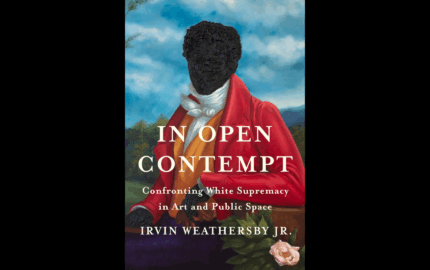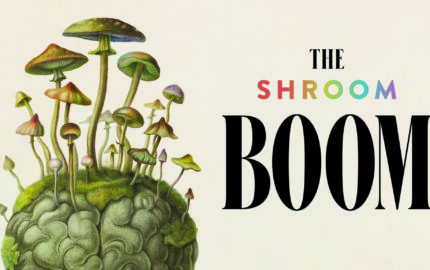Itry to take notice of writing approaches in all manner of places. As a kid, I read the back of cereal boxes, which probably were promo-style or maybe kid-type stories. I read the “Green Pages” of the Milwaukee Journal, which were a stylized features section. I read books, of course — my mother’s Agatha Christie mysteries and historical fiction, my brothers’ Hardy Boys series, my own Trixie Belden books. (For some reason, Nancy Drew never found her way to my orbit until I was past my girl-heroine-adventurer series phase.) I went through a patch of time where I memorized the backs of toothpaste tubes and my father’s after-shave bottles.
Maybe I was just weird. But maybe I was learning to understand effective writing on a variety of platforms.
I never lost the wide-ranging reading habit, although I hope I now do it with a keener eye to purpose. I try to read like a writer, taking note not just of the information or the story — but of the technique that makes information clear or a story compelling. What makes a character stand out, a scene pull me in, a voice lure me along, a metaphor surprise me, an analogy help me understand?
Recently I find myself being fascinated by newsletters. I read somewhere that they are now the go-to, overriding blogs and whatever the flavor-of-the-day was a few years ago. No idea if that’s true — or even the difference between newsletters and blogs. I just know my email inbox is flooded with the many I subscribe to — and many I don’t — and I have noticed myself stopping on some while shrugging past others.
Some of the stops are for location and subject: My local newspaper’s newsletter, the morning newsletter from Poynter.org, newsletters from my colleagues at Nieman Reports and Nieman Lab all are excellent and offer information I value. But other stops are prompted as much by the writing approach as by the subject matter.
Case in point: This week I was held fast to the “12:30 Report,” a mid-day newsletter from The Hill, a news site that covers the U.S. Congress, politics and political campaigns. No puzzles. No recipes. No spin that I can detect. It’s a comprehensive insider news site to the machinations that grind along in D.C. I find it useful for quick, straightforward info that is about those machinations.
Engaging the reader
Yet on this day, I found myself almost laughing as I read through one of the newsletters, written by Cate Martel, a national political reporter for The Hill and formerly of Politico. She started the newsletter with a shout-out to Kate Middleton, Princess of Wales, who has become something of a fixation because of her lack of public appearances:
… if you’re reading this, send me a sign. These conspiracy theories really are getting in my head.
Martel then moved on to the news of the day, but presented some of that news with GIFs — the goofy kind that often annoy me on my social media feeds but that I somehow found entertaining in this context. Maybe it was some sugar in the bitter spice of the daily news.
I hope The Hill isn’t going all TikTok on us. But on this day, Martel got me to want to read more and to think about why I was caught up in the read. I made it to the end of her newsletter, where I was rewarded with this bit of user-friendly advice that had nothing to do with politics — although it could:
👏 Amazing: @YSylon posted on X, formerly known as Twitter: “Ok so we taught the 1 y/o to say ‘All done’ when he’s finished eating. He is also using it to tell people when he is over hanging out with them, and that’s how I’m going to start using it, too.”
I have written the Storyboard newsletter every week for almost six years now, but remain insecure about the form. How personal should they be? How clever? How quick? How many click-friendly headlines vs the kind of info summaries that give you the basics even if you don’t click through? Do readers value easy aggregation or want some writerly zip?
Someone out there is, no doubt, studying this form and where it fits in today’s news-reader culture. If you get this, send me a sign. I also wouldn’t mind hearing from Kate Middleton, and hope she’s OK.



